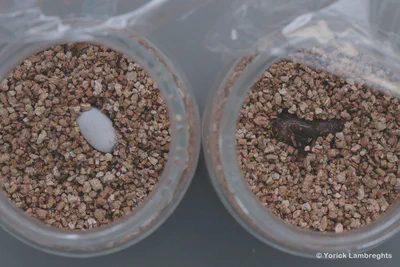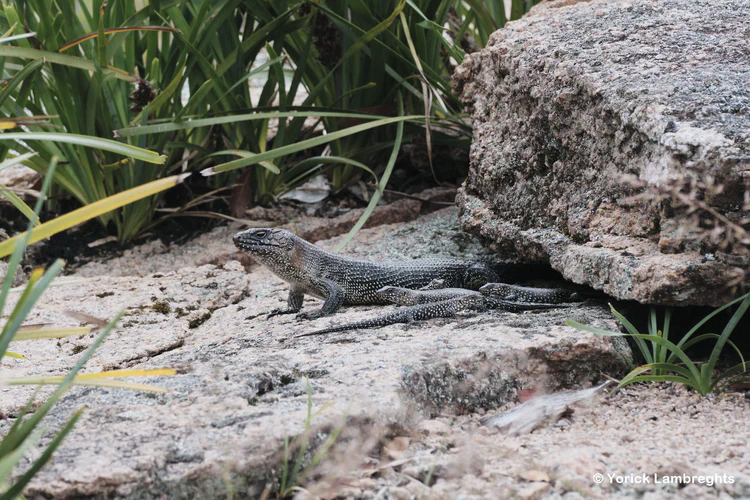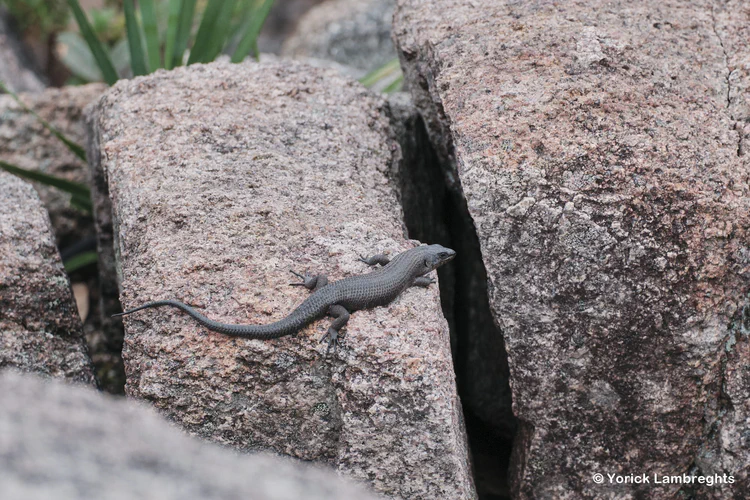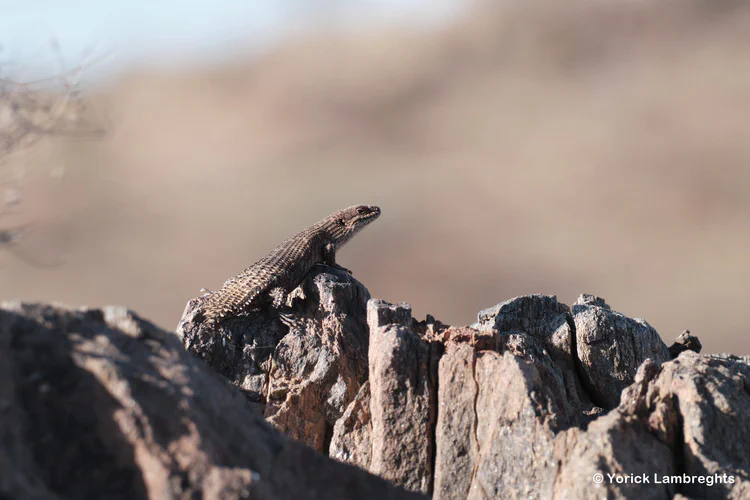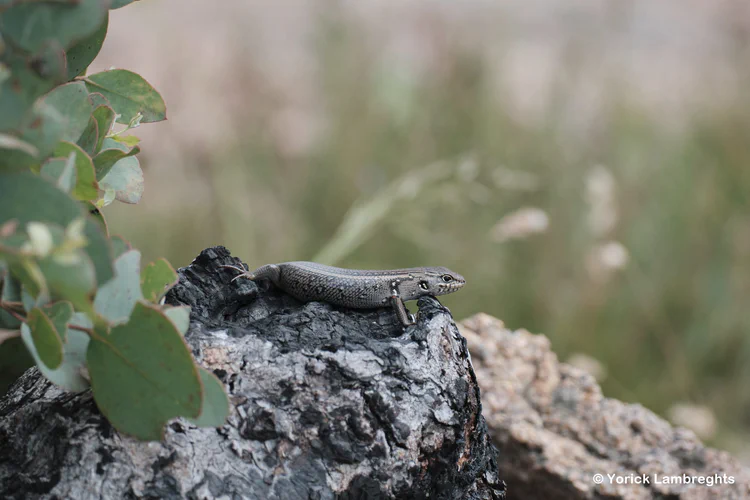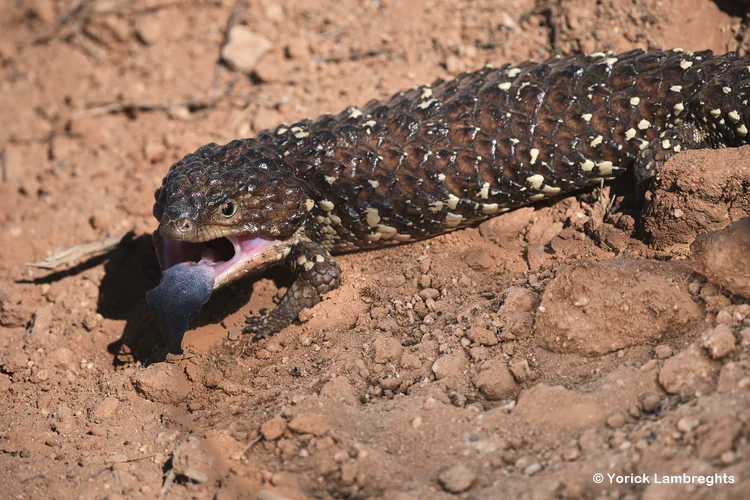Model system
An introduction to my study species.
 Tiliqua rugosa
Tiliqua rugosa
Egernia group
My biggest model system consists of a group of 60 species across seven Australian skink genera (Egernia, Liopholis, Bellatorias, Lissolepis, Tiliqua, Cyclodomorphus and Corucia) collectively referred to as the Egernia group or Egerniinae. The group separates itself from most other lizards with its high variation in complexity of social structures. While most lizards are solitary, species of the Egernia group display a wide variation in social structures from solitary (e.g. Tiliqua rugosa) all the way to species living in large communal groups (e.g. Egernia cunninghami) and everything in between. This variation makes them an excellent system to investigate the initial evolution of sociality and related behaviour, such as kin recognition.
Saiphos and Lerista
My second model system consists of two Australian skinks, Saiphos equalis and Lerista bougainvilii. Besides being fossorial (i.e. have a burrowing lifestyle) and nocturnal, these species have another very unique trait, they have a reproductive mode called ‘bimodal reproduction’. It means that, within the same species, populations can be either live-bearing or egg-laying. In reality the distinction is not black and white and individuals can be positioned along a continuum from ‘true’ or ‘real’ egg-laying to ‘true’ or ‘real’ live-bearing. This is in contrast to the vast majority of vertebrates in which the entire species either gives birth to live young or lays eggs. Their unique trait makes S. equalis and L. bougainvilii ideal to answer specific questions regarding the influence of reproductive mode on different traits, such as kin recognition. They allow for intraspecific methods to be used without many of the confounding factors that are inevitable when using interspecific methods.
